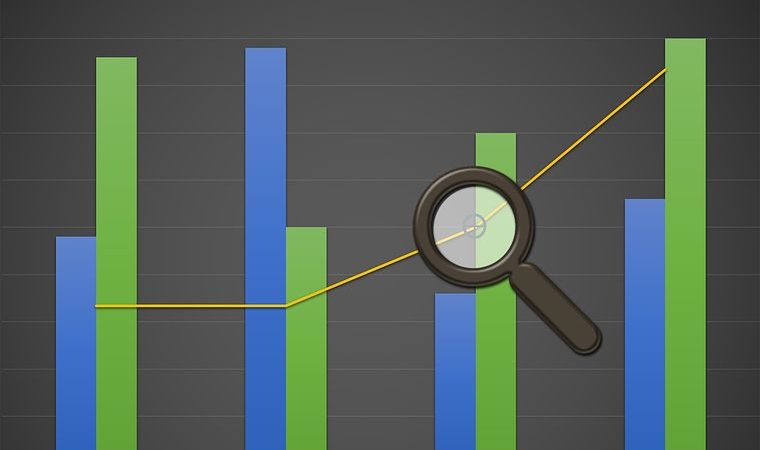According to a recent press release put out by Fannie Mae, the economic and housing forecast created by the Fannie Mae and Strategic Research Group remains consistent: economic growth is predicted for the remainder of 2018. Yet concerns of rising construction costs, implemented tariffs, and rising interest rates demonstrate the risk of rain in an otherwise sunny forecast. BAM boils down what you need to know about the Fannie report.
The Prediction Remains Positive
According to the press release, the numbers remain constant with the projections seen in last month’s report. 2018’s growth prediction and the ESRG projection of 2019’s growth are the same as May’s numbers; however, the report notes that the factors rely strongly on the “timing of fiscal stimulus” which experts anticipate will begin to fade by late 2019. Fannie Mae Chief Economist, Doug Duncan, is quoted as saying that the forecast reflects the 2018 “theme”- that of stimulus/response to fiscal policy as well as the subsequent tightening of monetary policy. Mr. Duncan notes that while the first quarter was somewhat lackluster, they expect economic growth to pick up for the rest of 2018 before slowing down again in 2019.
Tempering Optimism with Realism
The press release quotes Fannie Mae’s Chief Economist as saying that factors like “upbeat consumer spending” and “reduced labor market slack” will help bring full-year growth up closer to what he calls a “more respectable” 2.7 percent. The release then cautions that even in the midst of confident consumers and low unemployment, factors that could slow growth can be lurking. The report specifically cites the Fed contemplating further rate hikes (which we’ve covered), as well as the move from mere threats to actual implementation of tariffs. They note that tariffs will likely affect states differently; for instance in North Dakota, international exports account for up to 8% of state product. The faster pace of monetary “tightening” as well as political uncertainty in the Euro Zone is also earmarked as being a balancing effect on the otherwise positive outlook.
The Take-Aways
Overall the Fannie Mae forecast remains mostly positive, with a realistic view of possible factors that could but the brakes on growth. They note that the upside includes both the possibility of increased consumer spending and accelerated business investment, and that the downside carries interest rate hikes, fall-out from tariffs, and possible issues in the Euro Zone. The numbers and forecast remain unchanged from last month’s report, with full-year growth GDP thought to hit 2.7% and 2019 projected to see 2.3%. While time will tell which factors and results win out, the Fannie Mae forecast shows growth for the remainder of the year, only slowing in 2019.



